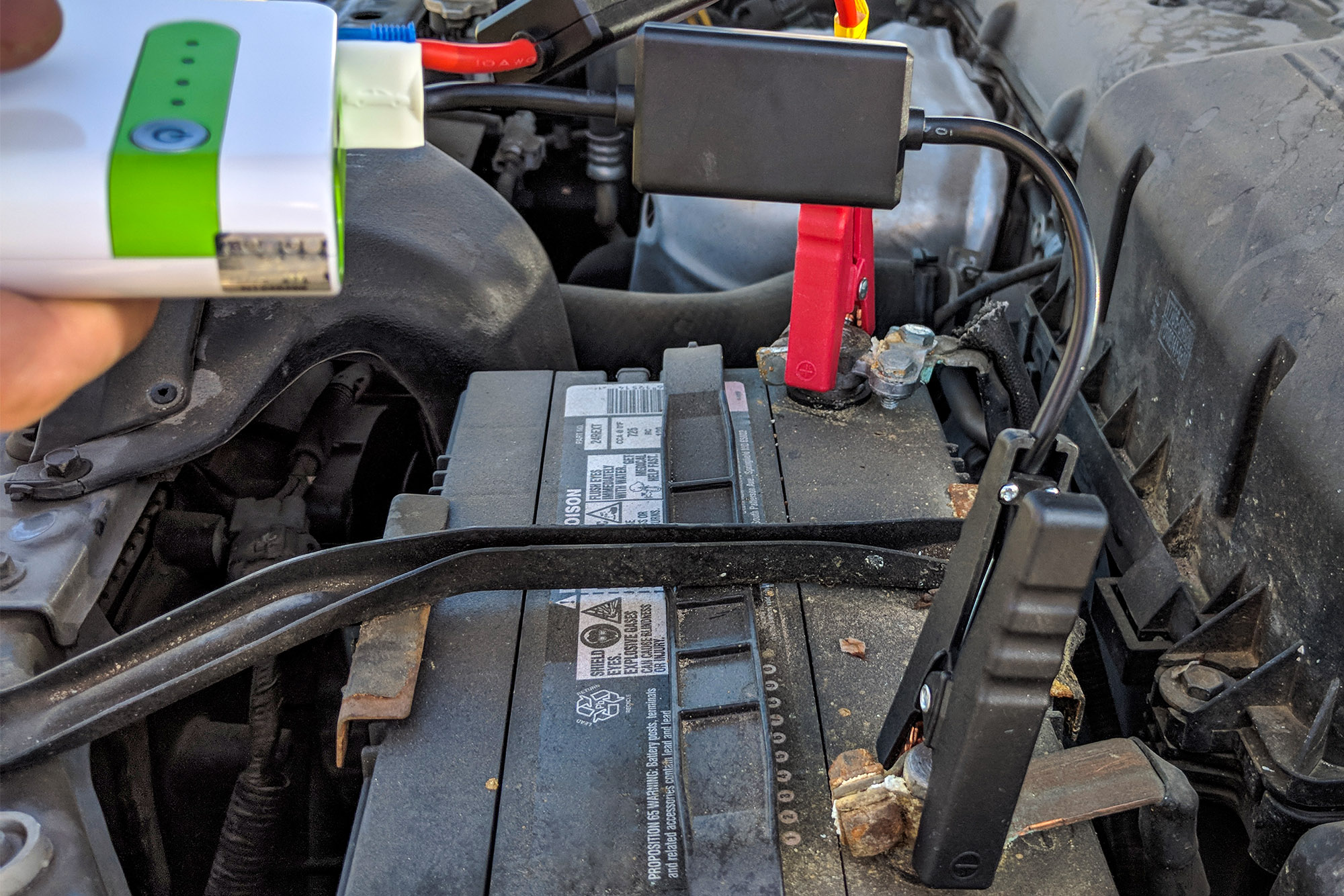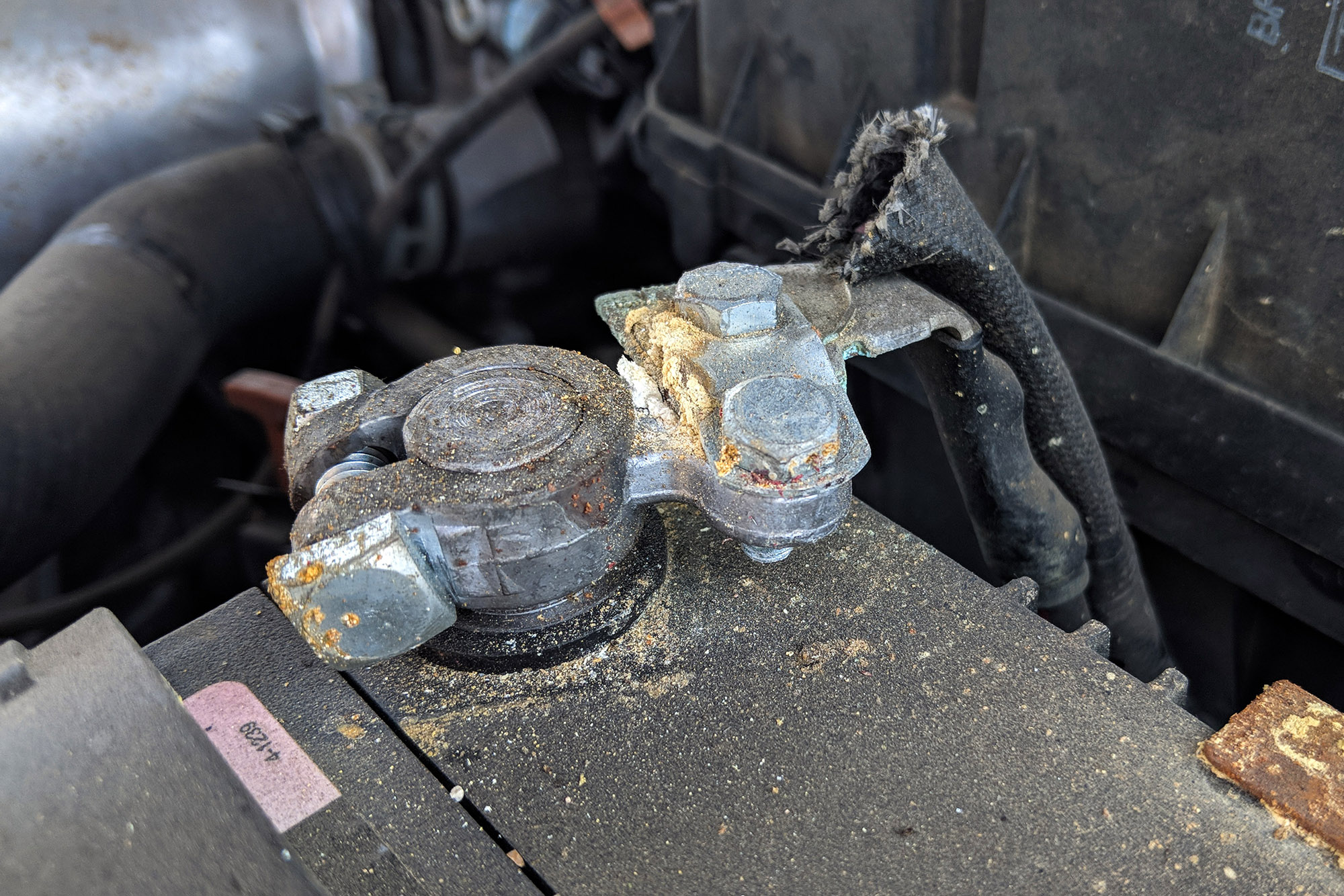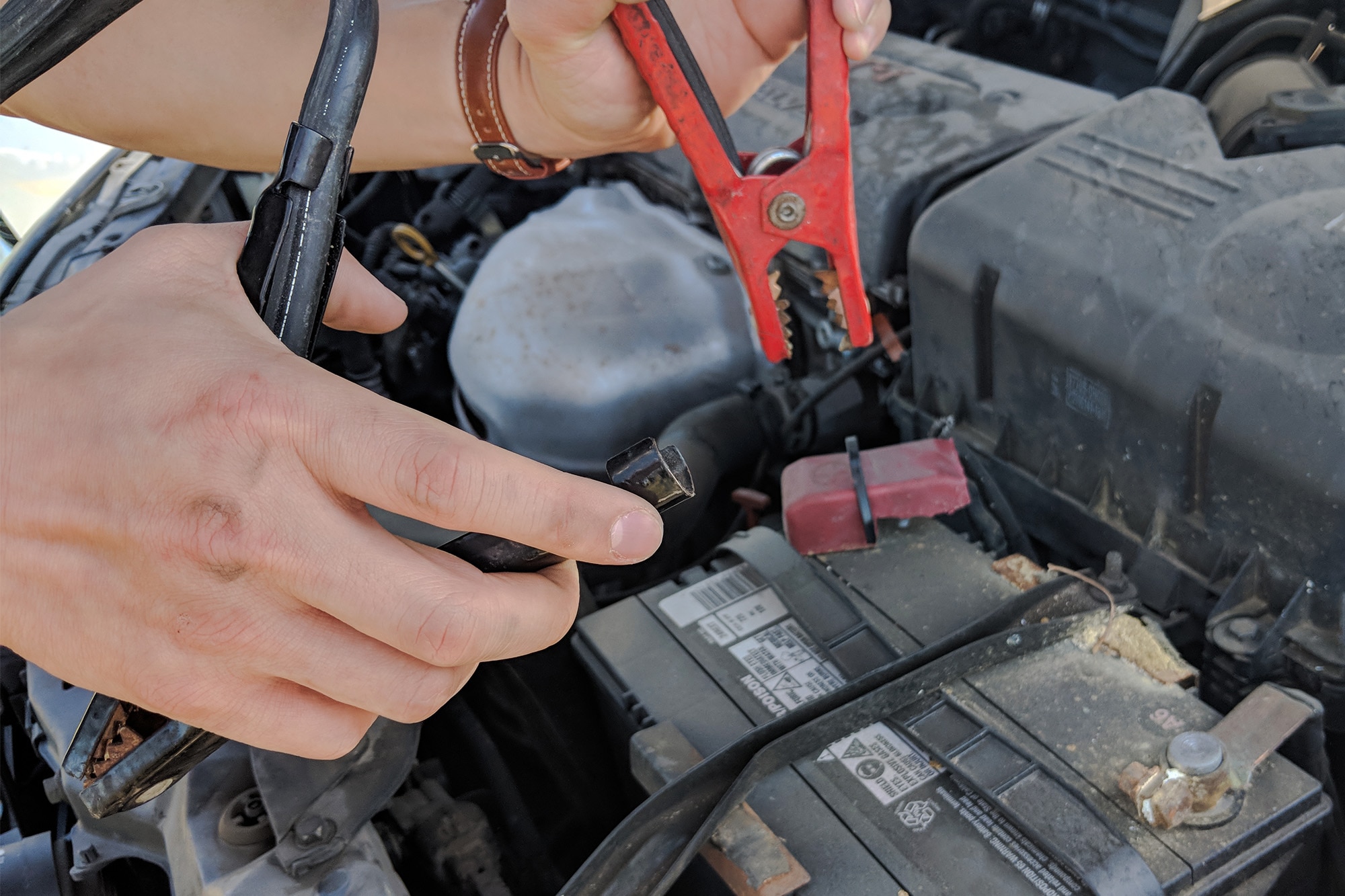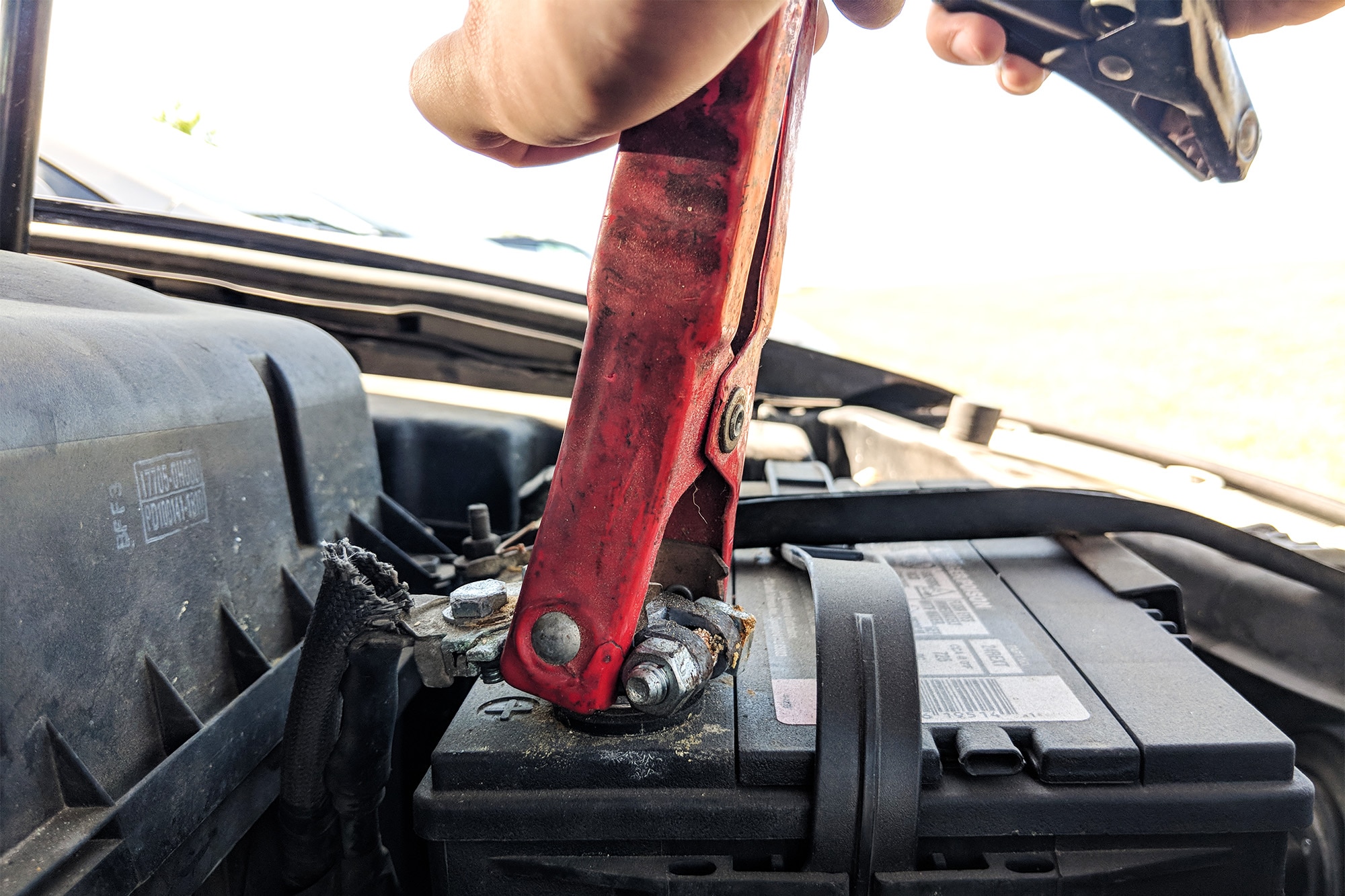How to Jump a Car Without Jumper Cables
Modern technology renders the venerable jumper cable obsolete.
 Adam Palmer/Capital One
Adam Palmer/Capital One
Article QuickTakes:
A BETTER WAY TO JUMP YOUR CAR
A dead car battery is a largely unpredictable fact of car ownership. If you’ve ever heard that dreaded click-click-click-click sound, it is likely embedded in your brain. If you heard it when you were alone in a desolate area, well, that only added to the anxiety.
Between the unwieldy nature of old-school jumper cables, and the fact that most car owners only have to deal with a dead battery a couple of times a decade, it’s entirely understandable if you don’t know how to jump start a car, or have forgotten some of the specifics.
Here’s the good news: Portable car battery chargers are making the whole process much easier. And they are making traditional jumper cables—not to mention the need for a second vehicle—virtually obsolete.

Aaron Miller
Portable car battery chargers, or jump packs, are constantly getting smaller and more affordable, and can now be easily stored in your glove compartment. Many also include a USB port so you can charge mobile devices, and even a flashlight for nighttime car trouble.
They are also incredibly simple to use.
Just connect both the positive and negative cables to the proper terminals on the dead battery, plug the cable into the charger, wait a minute, and start the car.
As with any battery, portable jumpers will need to be charged from time to time—once every six months is typically enough to keep it ready to go.
Generally, you can find portable chargers for less than $50. High-end units, which offer features like waterproofing, are still under $200. A larger engine, for example a V8 in a pickup, SUV, or muscle car, will require more battery power to start than a small four-cylinder in a compact car, so take that into account when contemplating a mobile jump starter.
YOU MAY ALSO LIKE:
How to Keep Your Car Looking Like New Without Ever Waxing It
Say This, Not That at a Car Dealership
Dogs in Cars, the Humans that Drive Them, and What We’re Doing Wrong
IF YOU NEED TO JUMP A CAR RIGHT NOW:
Jump starting a car with traditional cables is a little more complicated, because you are using a running car to charge a dead one. That’s why it is important to know some of the safety precautions you have to take while jumping a car, like the specific order involved in connecting the cables:
- Park the running vehicle near the dead one. Get the good battery as close to the dead one as you can; parking the cars nose-to-nose usually works best, but leave enough space to walk between them.
- Set the parking brake on both cars.
- Turn off all accessories. Your headlights, radio, etc., are all extra drains on the battery you’re attempting to revive.
- Identify the positive and negative terminals on both cars.The battery should be labeled with either a POS or (+) symbol. If it isn’t, look at the cables attached to the terminals. Red is usually positive and the black cable is negative, though that’s not the case 100% of the time – when in doubt, check your manual. (On an increasing number of vehicles, the battery is in the trunk, in which case there will be a remote terminal under the hood, but your car’s manual can explain that.)

Aaron Miller - Look for corrosion. If you’re having trouble making a connection, clean the terminals using a toothbrush with a baking soda and water solution. If you’re not at home, soda can work, but it’ll make a sticky mess that you’ll need to clean up later.

Aaron Miller - Keep all four clamps away from each other. The last thing you want to do is touch a positive and a negative clamp to each other after they’re connected to a battery. If you do, a heavy dose of sparks is the least of your concerns.

Aaron Miller - Connect the positive clamp (generally red) to the positive terminal of the dead battery. Make sure the connection is secure enough that it’s not going to fly off once you get the car started.
- Connect the corresponding positive clamp to the good battery.
- Connect one of the negative clamps to the negative terminal on the good battery.

Aaron Miller - Connect the other negative clamp to some bare metal on the dead car. Here’s where it gets a little tricky. You absolutely do NOT want to connect the negative terminal on the dead battery, as it completes a circuit. While you may be fine, you could potentially open the door to a host of maladies up to and including frying the electrical system of both cars. Instead, find somewhere that’s metal that will ground the remaining negative cable. Wherever possible, look for something like an unpainted bolt on the engine.
- Start the car with the “good” battery. Let it run for at least a minute before trying to start the other car. Do not turn the “good” car off yet.
- Attempt to start the other car. If the (formerly) dead car starts, leave it running while you disconnect the cables in reverse order of how you connected them. As always, be careful to not touch them together.
- If the dead battery doesn’t start, pay attention to the sound it makes. If it sounds like it’s getting closer to starting, continue using the other car as a charger for another few minutes. If there’s no change, double check the connections and wait a few minutes before trying to start the car again. Bear in mind that there are many reasons a car might not start; if jumping the battery doesn’t do the trick, it could be time to have a professional troubleshoot the problem.
- Once the car is started, drive around for a while. The car’s alternator will gradually charge the battery while the engine’s running; a good rule of thumb is to drive around for at least 15 minutes.
Written by humans.
Edited by humans.
 Aaron Miller
Aaron MillerAs a veteran automotive journalist, I have been fortunate enough to drive some of the most desirable cars on the planet and get to know some of the most important people in the industry. Before joining Capital One, I served as the Cars Editor for a major national website, and covered industry news and analysis for well-known automotive-specific sites. I also wrote feature articles and reviews for niche enthusiast websites. I’ve been obsessed with cars since—literally—before I can remember, with my collection of die-cast and slot cars taking center stage during my formative years. Simply put, for me, working isn’t really “work.”
Related articles
View more related articles